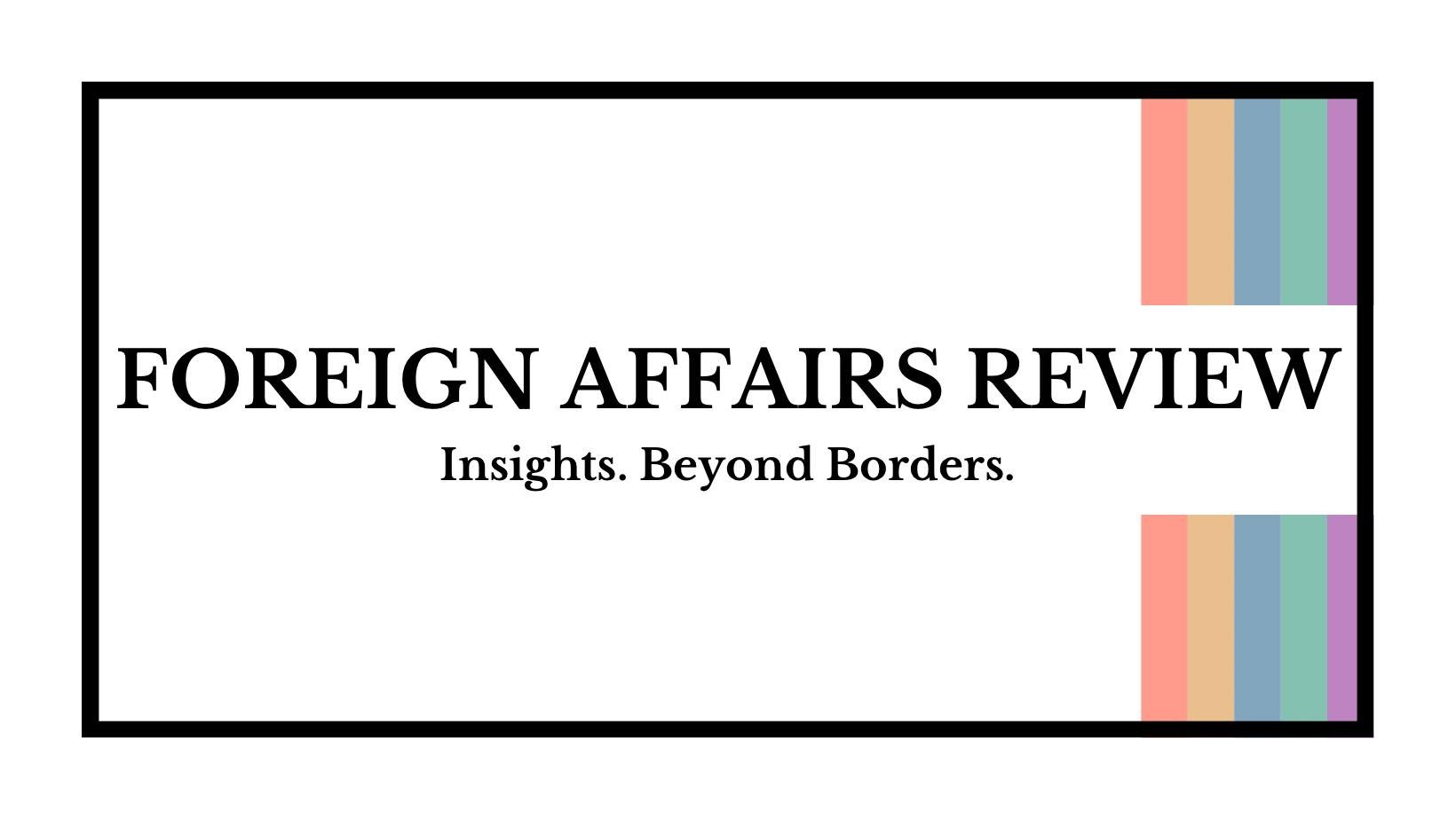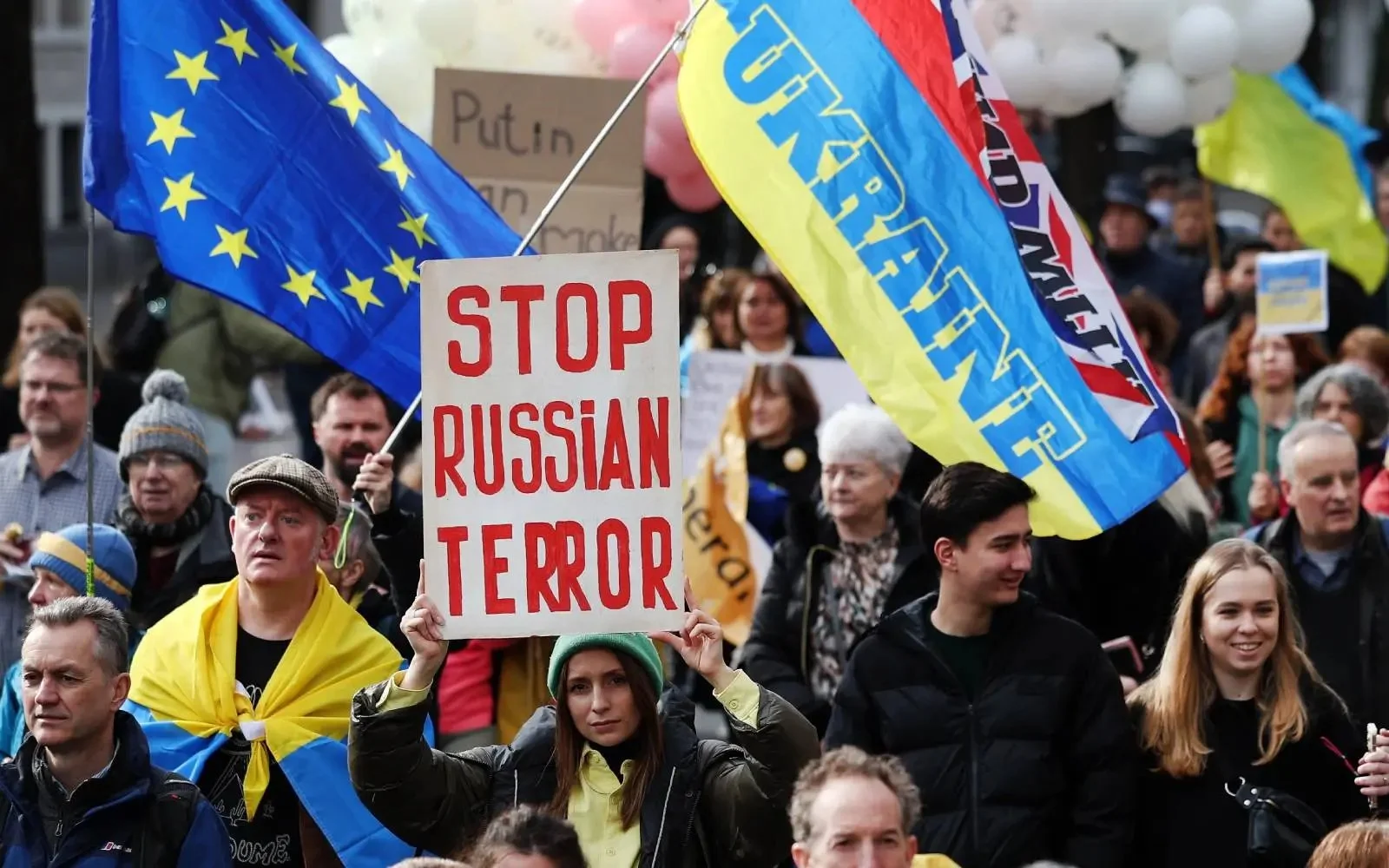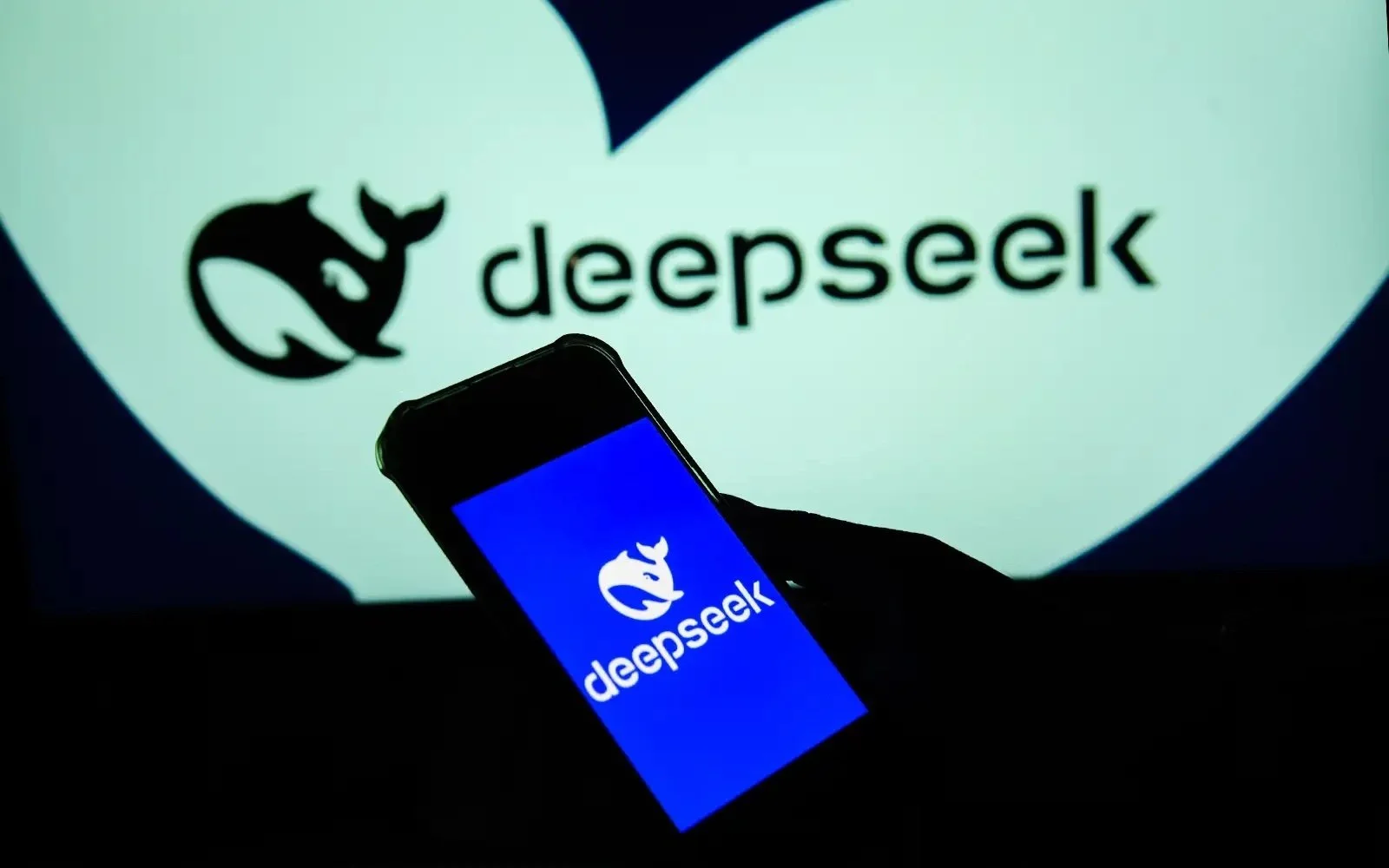The Next Phase of the Russo-Ukrainian War and What It Means for Europe
It has been three years since Russia’s full-scale invasion of Ukraine in February 2022. Currently, 20% of Ukraine is occupied by Russian forces - with Russia continuing to flood Ukrainian cities with destruction. From January 2022, Ukraine has been in receipt of an estimated $407 billion (£322 billion) in foreign aid, but what has this war meant for Europe?
The Russian invasion of Ukraine has resembled the end of a long peace in Europe, and as alluded to by the Tony Blair Institute, it is Europe’s responsibility to forge the outcome of the conflict, stating that Ukraine and her allies are considerably stronger than the authoritarian states which have taken against her. For example, the GDP of Europe is 10 times greater than that of Russia. Thus, merely 0.2% of the European GDP would be required to tighten the resource gap between Ukraine and Russia. Therefore, in theory, ending the war in Ukraine sounds like a simple pursuit - but unfortunately this is not the case whatsoever.
Regrettably, the European Civil Protection and Humanitarian Aid Operations branch of the EU has predicted that in 2025, 5 million Ukranians will face food insecurity as a result of the Russian offensive, which is accompanied by the UN prediction that roughly 14.6 million Ukranians - which is roughly 40% of the national population - are expected to require external humanitarian aid. As Ukraine is one of Europe’s leading exporters of wheat and maize, the conflict’s provision of food insecurity in Ukraine has also spurred supply chain problems and price increases for European importers. Furthermore, the need for external humanitarian aid has been recognised by the EU, and in January 2025, the EU announced that they were putting forward a €141 million (£117 million) aid package for Ukraine, which will be allocated towards food, shelter and clean water provisions as well as aiding vulnerable populations in the southern and eastern regions of Ukraine.
The Russo-Ukraine War has led to the formation of new complex and multi-faceted political alliances in Europe. Constituting those who merely ally with Russia such as Belarus, those declaring their utmost support for Ukraine such as the UK, and those aligned with neither Ukraine nor Russia - deciding to remain uninvolved. This has created controversy in Europe, particularly in Germany recently. Olaf Scholz, the German Chancellor, has been criticised by lawmakers and even the German Foreign Minister for refusing to increase military aid to Ukraine by €3 billion (£2.5 billion). He stated on national television that he would only agree to such funding increases if a new debt was in place to finance it rather than having to apply cuts to social spending. This situation demonstrates the adverse effects the Russo-Ukraine War is having on domestic politics within Europe, with European leaders struggling to strike the balance between demonstrated commitment to Ukraine and economic stability.
The battlefield in Ukraine is continuously evolving. As predicted, the Ukrainian counteroffensive is still in full swing, which was indicated by the attacks in November 2024, when Ukraine hit Russia with US-constructed ATACMS missiles in the Bryansk region. Furthermore, Ukraine successfully seized parts of the Russian Kursk region the previous August, yet Ukrainian troops later lost that territory in the same month, which ultimately led to the seizure of the Donetsk region of eastern Ukraine. This was potentially a result of the manpower shortages occurring in Ukraine due to the open-ended nature of military service. There are 11.1 million Ukrainian men fit for military service between the ages of 25-69, yet 7.4 million have already been mobilised or are unable to be - leaving a mere 3.7 million to be mobilised who are not registered in the systems or are self-employed and registered taxpayers of Ukraine. The implications of this do not just occur within Ukraine’s borders. With the war in Ukraine becoming harder to fight, European nations might need to increase their own manpower capabilities should the Russian invasion expand beyond Ukraine. This may see vast increases in defence spending in an effort to enhance a unified and secure European front.
It can be determined that the Russo-Ukraine War has been characterised thus far by the deployment of drones at a considerable scale, with thousands of unmanned aerial vehicles (UAV) - particularly first-person drones (FPV) which were initially designed for civilian racing purposes having now been laden with explosives by both the Russians and the Ukrainians. This impacts Europe on several accounts. Firstly, the vast deployment of drone technologies represents an alteration of military strategy encompassed in modern warfare, which may see European states adopt similar strategies. Furthermore, this evolution of military strategy presents a more pressing concern for the outbreak of a widespread hybrid war across Europe as tensions may arise regarding drone technology developments.
When looking more closely at the artillery capabilities of both sides, it becomes evident that Ukraine holds various Western supplied ballistic missiles, which can hit targets within a 190 mile radius (ATACMS). Alternatively, Russia utilizes a domestic supply of artillery - including the Iskander SS-2,6 which can hit targets at a range of 310 miles. Along with Russia’s impressive long-range missile capabilities, many populations noted the vast number of cyber operations in play. On February 24, 2022, the first day of the renewed invasion, Russia launched a high-profile cyber operation against Viasat Inc’s KA-SAT satellite. This not only hindered internet connectivity in Ukraine but also in a variety of countries across central Europe, as well as France and Germany. Following this first cyber attack, Russia has continued to launch many more attacks against Ukrainian banks, energy infrastructure and key media platforms. Pro-Kremlin hackers also took to infiltrating Ukraine’s Central Election Commission network and attempted to delete files as well as alter presidential election results. This attack ultimately failed as the Commission recognised the breach in time and removed the malware implemented by the hackers. These two matters in conjunction demonstrate the interconnectedness of the Russian offensive in relation to both physical national security and cybersecurity. This may have an adverse effect on European economies should Ukrainian infrastructure be hindered much further, as this in turn will contribute to more supply chain issues and reliance upon European aid.
When looking at previous patterns of Russian military operations, one can deduce that in the early days of this conflict, Russia operated on the assumption that a long war would be preventable through the employment of a subversion campaign and a well-calculated decapitation strike against the Ukrainian government. As exhibited both in the past and present, Russian conflict strategy relies heavily on artillery resources, as their successful campaign in the Donbas region saw their deficit in personnel be offset by a strong artillery fire advantage of 12:1. Whilst Ukrainian casualties grew exponentially, Western aid became incredibly vital to the Ukrainian fight. Therefore, it is upon Europe and the West to help Ukraine catch up relative to Russia’s artillery capacities. This is likely to involve more funding and weapons provisions, as Russian officials have shown minimal interest in negotiating a settlement with Ukraine. Considering the dismissive stance of Russian officials, Europe is likely to continue increasing arms support for Ukraine in an effort to prevent further territorial losses.
In response to Russia’s invasion of Ukraine, NATO has fully condemned Russia’s actions, despite Ukraine not being a NATO member. NATO’s support for Ukraine began following the Russian annexation of Crimea in 2014, when NATO helped Ukraine to reform its defence institutions and military forces through the provision of financial and resource support. This has created an outlet for NATO countries to provide military training for tens of thousands of Ukrainians. Since 2016, the Comprehensive Assistance Package (CAP) has organised support for Ukraine through implementing capacity-enhancing programmes, trust funds, cyber development and counter-hybrid efforts. CAP was reinforced following talks at the 2022 Madrid Summit, and strengthened further in the consecutive summits in Vilnius and Washington.
Economically, Europe has experienced a significant fallout due to its gradual decision to cut ties with Russian energy sources. Most recently, the three Baltic states of Estonia, Latvia and Lithuania recently completed their derivation from Russian electricity after two decades of slowly reducing dependency on Russia. This ensures that electricity and energy provision can no longer be mobilised as a mode of geopolitical blackmail against European states.
The war has also resulted in an influx of Ukrainian refugees entering European societies. As millions of displaced Ukrainians seek safety across Europe, nations are having to adapt their own infrastructures in order to accommodate these individuals. This therefore influences domestic politics across European states regarding welfare matters, immigration, and broader security concerns.
As the war progresses, entering its fourth year, many key developments are likely to take place. Russia’s military strategy is becoming increasingly attritional, leveraging its superior manpower and artillery capacities mobilised against Ukrainian defences. Simultaneously, Ukraine is dependent upon Western provisions to continue its mission of self-defence. With no contemporary way of gaining a negotiated settlement, the conflict will most likely continue to escalate - making a widespread European conflict more likely. In the coming months, European states may experience increased cyber-attacks, with states allocating more funding to efforts regarding hybrid-warfare and digital infrastructure.
It is up to European leaders to decide whether or not to increase defence spending and continue sending advanced resources to Ukraine - or to attempt further diplomatic efforts to see the war come to an end. Regardless of what European leaders decide to do, the impact that the Russo-Ukraine War has had and will continue to have across Europe will be felt for many years to come. Undoubtedly, the next stage of this conflict will put Europe’s strength, unity, and capacities to the test.
Image courtesy of EPA Images via FreeMalaysiaToday, ©2025. Some rights reserved.
The views and opinions expressed in this article are those of the author and do not necessarily reflect those of the wider St. Andrews Foreign Affairs Review team.



